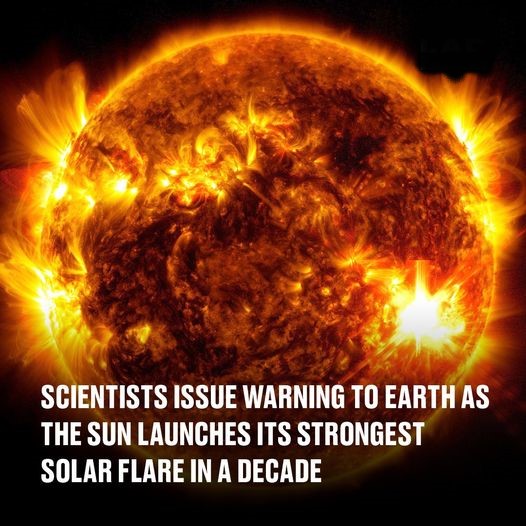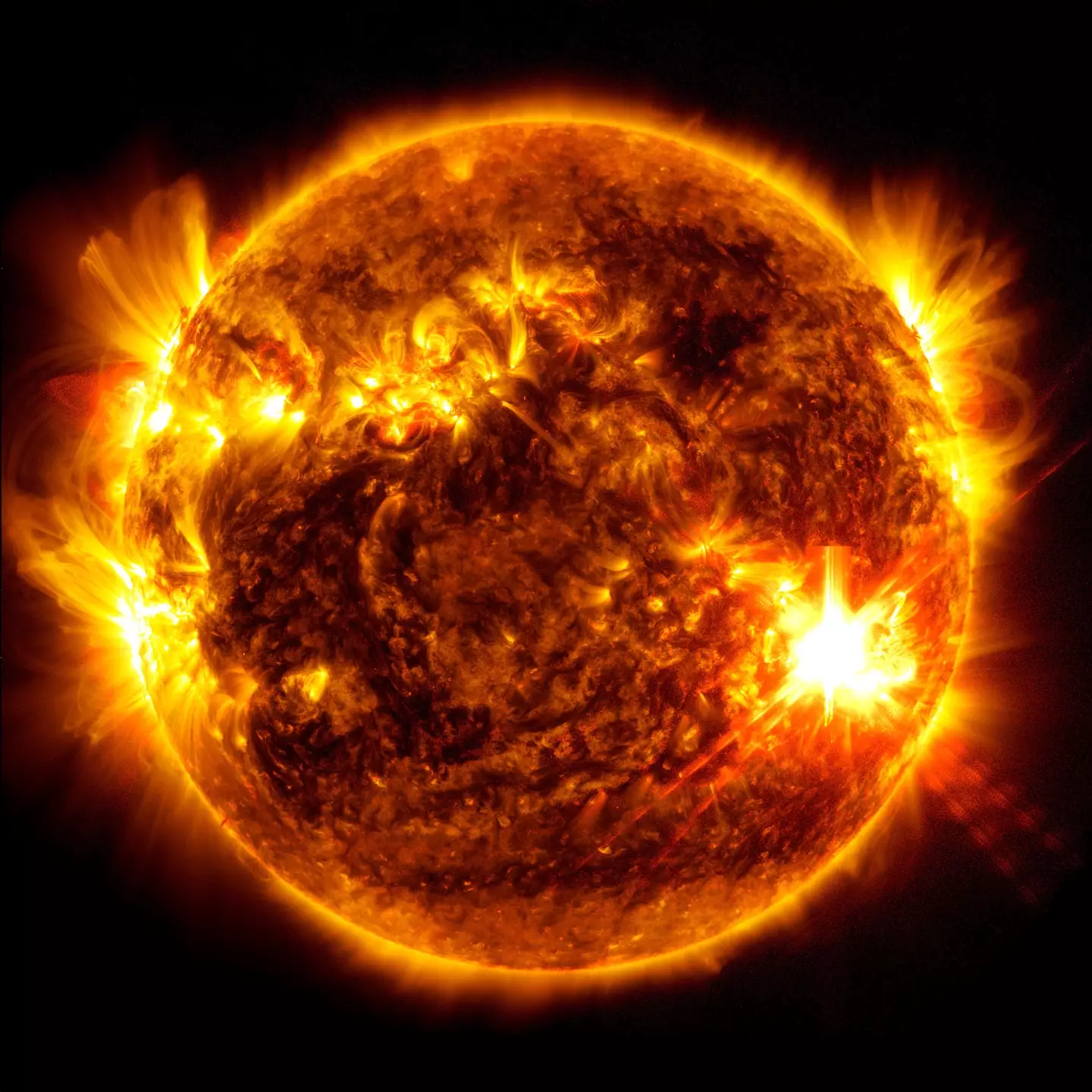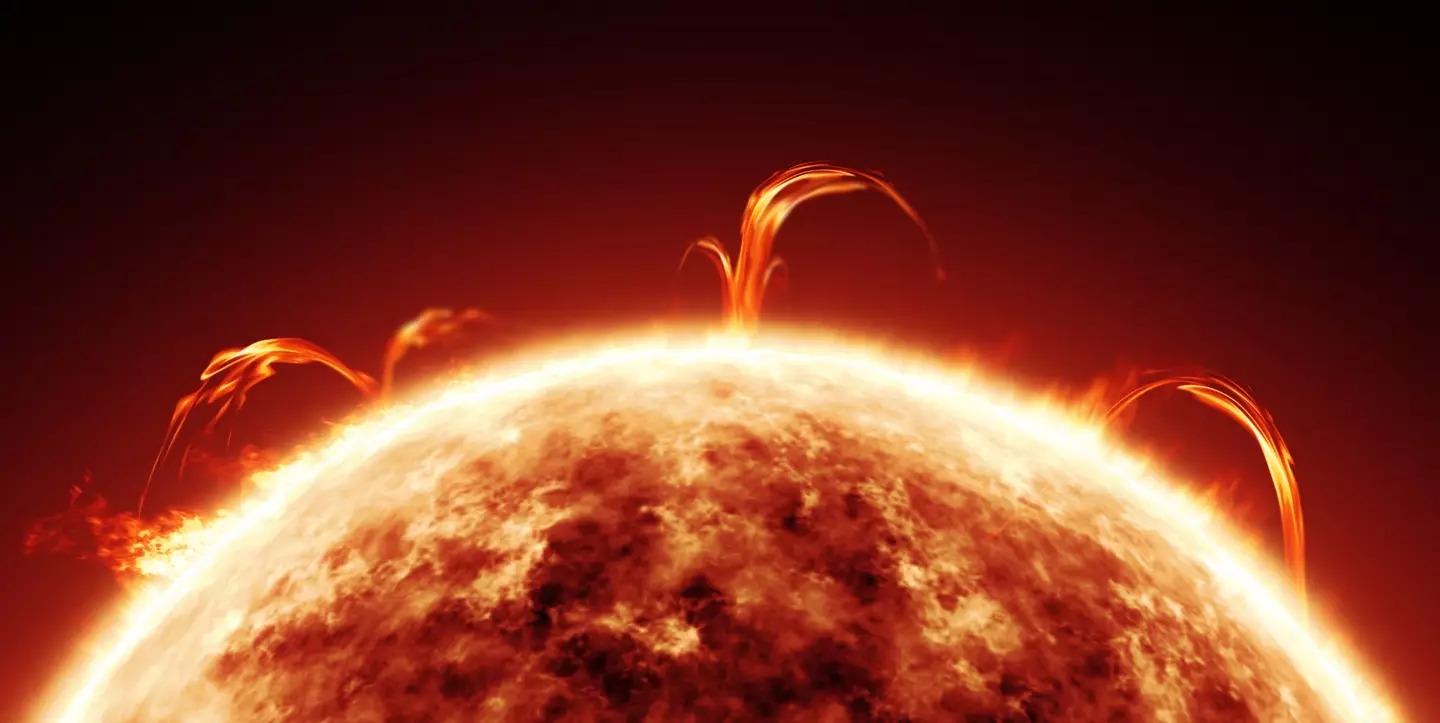
There will be more solar volatility on the way after the Northern Lights could be seen right across Europe
After millions of us had the privilege of witnessing the Northern Lights across the United Kingdom and Europe following the largest solar storm in almost two decades, the Sun isn’t finished with its recent spell of volatility.
Last Friday night (10 May) everyone and their dog was looking to the skies after an alert from American agency the National Oceanic and Atmospheric Administration (NOAA) said a severe solar storm was approaching Earth.
And while there was the risk of the solar storm wreaking havoc on the planet’s infrastructure, the added alert that it would make the Northern Lights visible across much of Europe sent millions into excitement.
Sharing photos of the cosmic event across social media, people all over the UK were given a look at the spectacular event that many pay thousands to go to Iceland to witness in person.
Well the Sun ‘isn’t done yet’, so says NOAA.
In an update on Tuesday (14 May), the agency revealed a new solar event has erupted on the surface of the Sun, classed as an X8.7-class flare. In Layman’s terms, it means it was the biggest event in the Sun’s current 11-year solar cycle.
The explosion in to space happened on a spot of the Sun’s surface that is 15 times wider than Earth.
NOAA says the event ‘will likely NOT have any geomagnetic impacts on Earth’ but cannot rule it out it causing problems with radio blackouts across the globe.

A new solar flare has erupted on the Sun. (NASA/SDO)
Last weekend’s Northern Lights event caused GPS issues for farmers in the United States.
The flare follows on from the X5.8-class flare last weekend and two more flares on Tuesday.
The huge new solar event has happened in a direction away from Earth which is the main reason we are unlikely to see a repeat of the Northern Lights.
Jim Wild, Professor of Space Physics at Lancaster University, told Metro: “Solar flares are unlikely to trigger displays of the Northern Lights.
“The aurora seen last weekend were caused by eruptions of solar material called coronal mass ejections impacting the Earth’s magnetic field.

Flares on the surface of the Sun. (Getty Stock Image)
“Flares and coronal mass ejections often happen at the same time, but yesterday’s flare didn’t launch any coronal mass ejections towards Earth.”
Assistant Professor of Physics at the University of Warwick, Ravindra Desai, said the solar event ‘can still reach the Earth and cause radio blackouts and damage to orbiting satellites’. It could continue for another fortnight at which point it will be directed right back at Earth again.
“So in two weeks there is an elevated chance of further major geomagnetic storms and aurora over the UK,” Dr Desai said.
The current period of activity on the Sun’s surface is referred to as a period where it approaches solar maximum, NASA says. It’s a period that could decide the future of NASA’s plans to send astronauts to Mars.
Leave a Reply